By Victor Caneva
Spring in Trieste can be glorious. Crisp breeze and dazzling sunshine team up to coax even the busiest denizens out to enjoy the weather – perfect walking weather – not too hot and not too cold. The target for this excursion was a hillside area to the north of Scorcola and above Roiano I had spotted on my first hike. I had a suspicion that I might be able to sneak some stellar views of the Gulf of Trieste and, according to Google Maps, I could even scope out some osmize for later.

Finally armed with my camera, I decided to trek up via di Romagna to photograph some of the flora I had so appreciated on my first walk. Having burned both some film and my thighs reaching the top of Scorcola, it was now time to venture into the unknown. I had visited “downtown” Roiano before, but I was excited to traipse through the more wild sections of the rione or neighborhood.
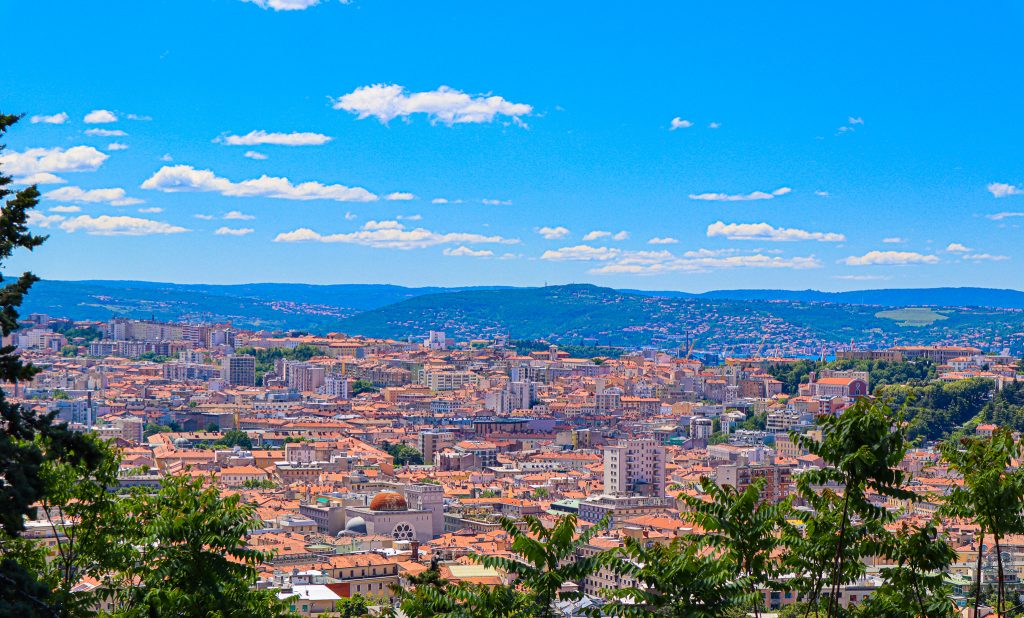
Residences adorned with vibrant flowers dotted both sides of my route, but the atmosphere transformed when I reached Vicolo delle Rose. Suddenly, the houses disappeared and the road narrowed. As the lane descended sharply into a valley, it was enveloped by luxuriant foliage. The vegetation was much more dense than the forest making up Parco Farneto, the destination of last week’s hike. I had already been enjoying abundant bird calls throughout the morning, but I was surprised at just how much louder the songs became as I endeavored into the lush vale.
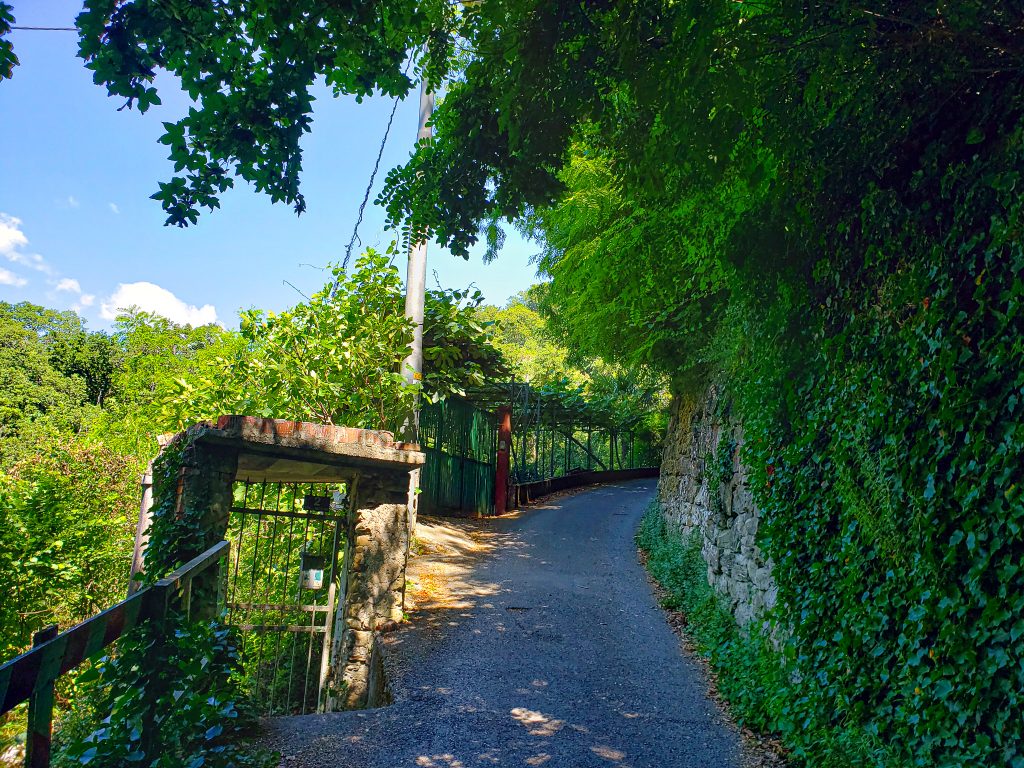
I continued downhill and arrived at the bottom of the valley. No water was discernible on this sun-kissed day, but crumbling stone channels had been established many years ago to funnell the torrents that must rush down these steep ravines during a summer deluge. At this point, I set out on the diminutive via dei Molini, which ducked under the forest and then began to climb up the other side of the gorge. This is where things really started feeling different.

Ancient retaining walls crawling with leafy vines bordered the lane on my right and rustic farms rested gently on the slope to my left. The sparkling Adriatic began to peek out from behind the vegetation as I gained elevation.

Soon, increasingly large vineyards and the odd olive grove bordered via dei Molini to the southwest and the Adriatic had ceased peeking and was now boldly shining in the midday sun.

Granted, I had taken a fairly long walk, but it felt like I had taken a weekend trip to the countryside. Being able to walk to villages and vineyards within the limits of a city boasting over 200,000 residents is pretty cool, and quite a change. Back in the US, I used a car to get nearly everywhere. Now carless in Trieste, I don’t feel hemmed in by where my own two feet, or the bus, can take me.
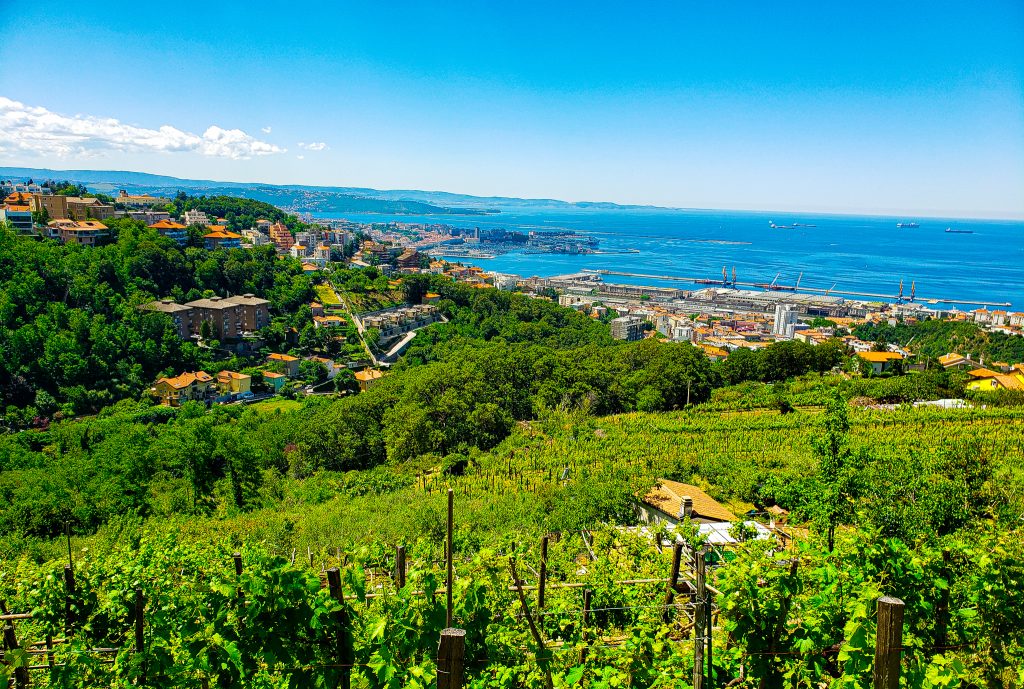
As via dei Molini curved westward, the winemaking heritage of this area became more and more evident. I wove partly through the village of Pis’cianzi (Piščanci) and the hamlet of Lajnarji. Both of these areas are classified as Zone Vitivinicole, or wine producing regions, and are the home of several wineries, osmize, and agriturismos.

Bole Winery is one of the wine-centric enterprises in Pis’cianzi and has been operated by the same family for around 200 years.
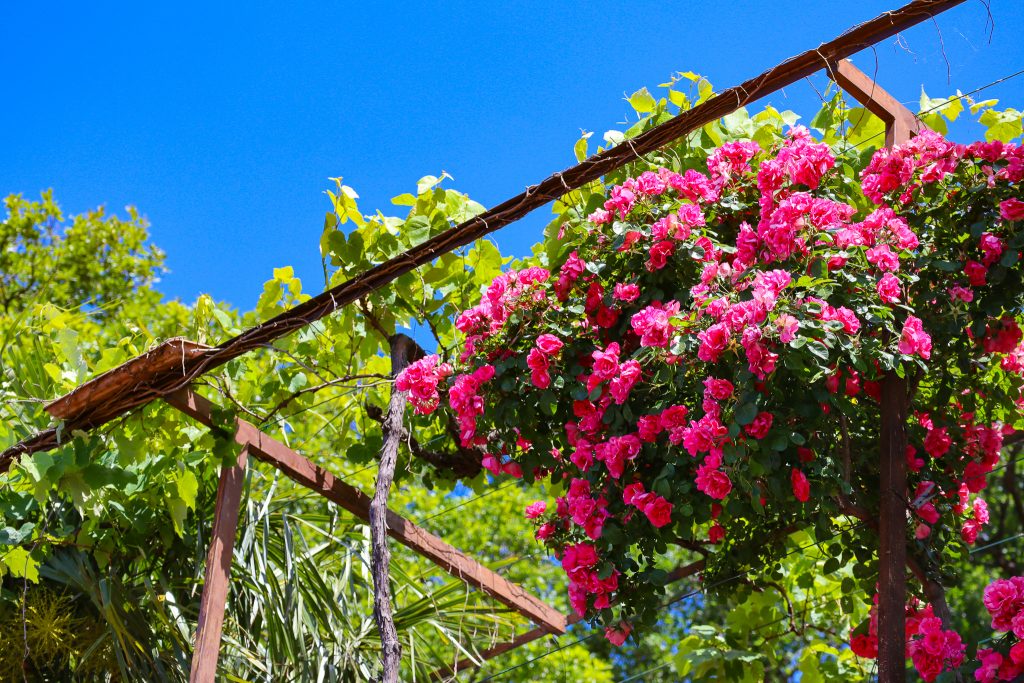
I’ve read that this winery is currently the only one in the region producing prosekar, a local sparkling wine made from a blend of Vitovska, Malvasia and Glera, for sale. I passed by the well rated Osmiza Ferluga, and later, Agroturismo Ferfoglia as I wound my way through this winey outpost. Unfortunately all the ozmize were closed.
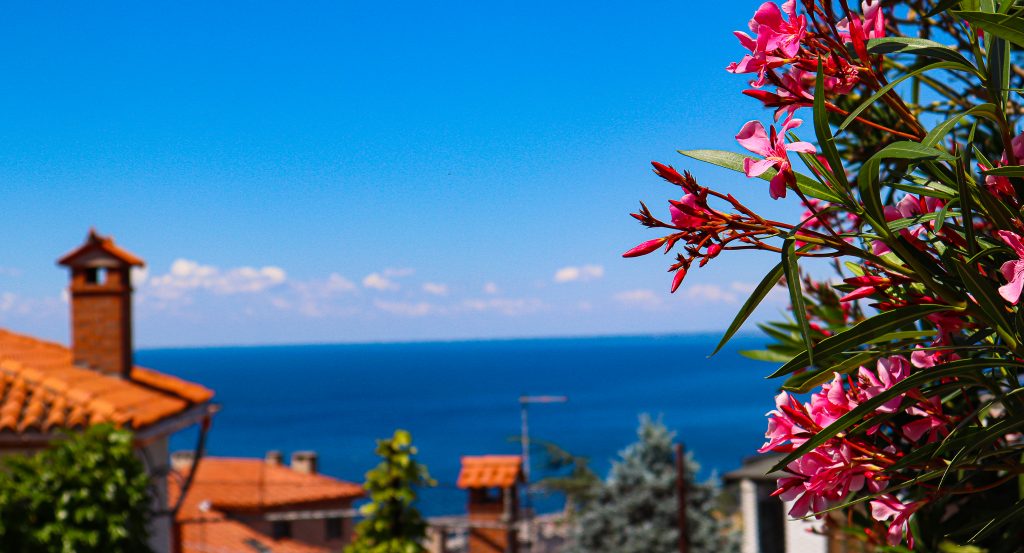
I’ve been waiting to visit an osmiza, a Carso institution where wine and local salumi and formaggi are consumed where they are produced, since I first learned about them in 2017.
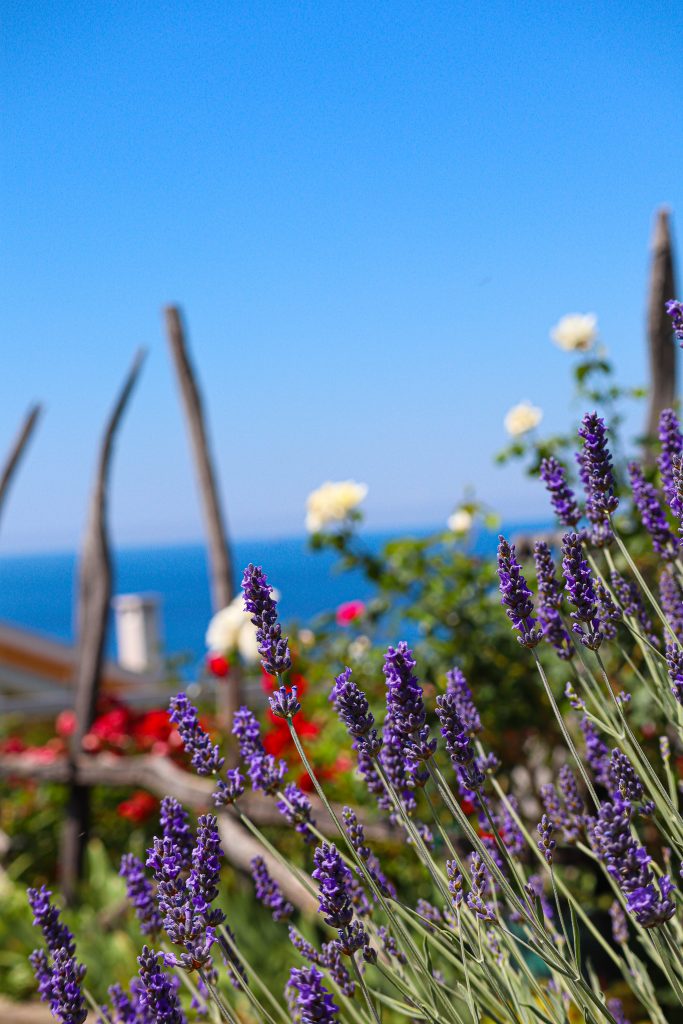
Somehow, I’ve still not managed to get to one. Perhaps it’s for the best. We’ve decided that when Ashley’s cancer treatments are over, we will celebrate with our inaugural osmiza experience, raising thankful glasses of prosecco and toasting the seasons to come as we look out to the sea below. I’ll probably also eat too much prosciutto.






























Great description, Victor. I look forward to the walk!